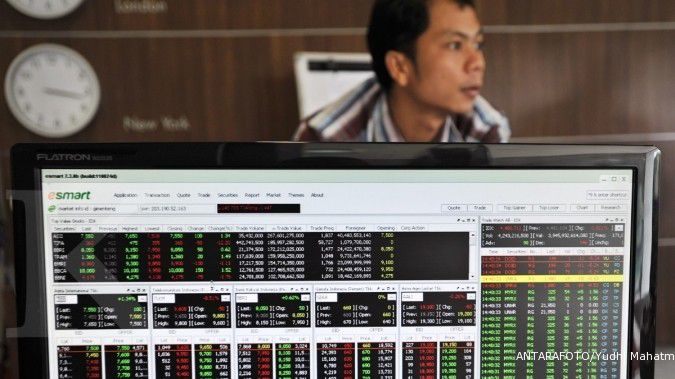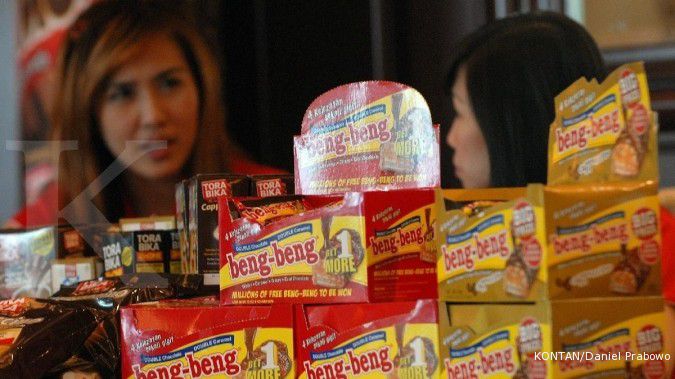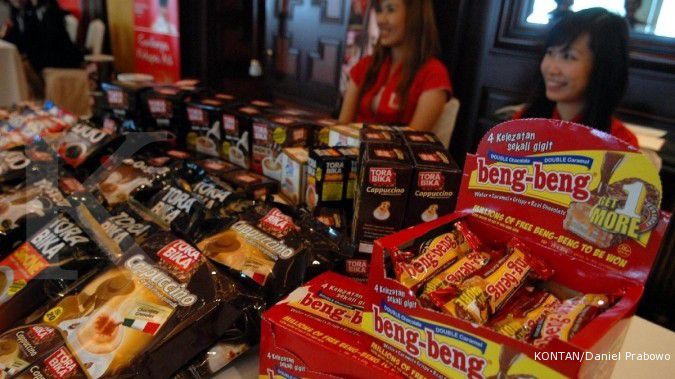JAKARTA. Snack manufacturers saw incomes rise beyond 50 percent in 2012 but need to adopt the right product marketing and manufacturing volume this year to win over consumers who show low brand loyalty to these consumer goods.
PT Tiga Pilar Sejahtera Food (AISA), a manufacturer of instant noodles, biscuits and vermicelli, saw net sales rise by 56.8 percent year-on-year to Rp 2.7 trillion by the end of 2012.
Their rice mills acted as the leading sales driver, contributing 60.2 percent, or equal to Rp 1.6 trillion, to net sales. The manufacturing of basic and consumer food, including vermicelli, noodle Ayam Dua Telor, wafers and tamarind candy Gulas, contributed another 40.5 percent to revenues.
The company’s fresh fruit bunch business under their agribusiness unit, chipped in 2.1 percent.
With rice mills and food manufacturing as sales magnets, the company has set aside Rp 200 billion (US$20.67 million) to construct two new rice mills in Sragen, Central Java and to introduce a new noodle production line at their factory in Surakarta. The two mills, which would start running in the third quarter, will extend Tiga Pilar’s production capacity by 240,000 tons per year.
Besides net sales, the company witnessed a 43.3 percent rise in annual gross profits, which touched Rp 605.2 billion throughout 2012. Income for the year climbed 69.1 percent to Rp 253.6 billion.
Their profit margin, however, slipped to 6.7 percent — the lowest point compared to the other three quarters in 2012.
Fellow food manufacturer, PT Mayora Indah (MYOR), conversely hit their highest profit margin, at 7.8 percent, at the end of the year, when compared to performance in the previous three quarters.
However, although the manufacturer of Taro snacks and Kopiko coffee earned more than Tiga Pilar, their percentage growth was far less. Mayora experienced an 11.2 percent year-on-year sales growth, reaping Rp 10.5 trillion by the end of last year.
Gross profit augmented 41.4 percent annually to Rp 2.3 trillion while comprehensive income for the year rose by 53.5 percent to Rp 742.8 billion.
Yuni Gunawan, spokesperson for Mayora, said that the stronger net sales were brought about by an uptick in sales volume, albeit from price increases.
She said domestic sales drove a majority of sales — at 65 percent —with the remaining coming from exports. “We consider China, the Philippines, Vietnam, India and Myanmar as potential export destinations,” she noted.
Mardesiana, an analyst at Dana-reksa Sekuritas, said that the food and beverage industry was forecast to grow by roughly 15 percent this year as the country’s middle class kept on expanding.
However, she warned that snack manufacturers would face fiercer competition, and with the battle being tougher, manufacturers need to up their manufacturing capacity to improve economies of scale.
Adopting the right marketing strategy would become a handy tool in winning the battle, she said.
“There is no brand loyalty toward snacks among consumers,” she said, adding that advertisement was the key in swaying consumer buying decisions, especially for children.
(Mariel Grazella and Tassia Sipahutar/The Jakarta Post)
/2011/02/09/1224080395p.jpg)













